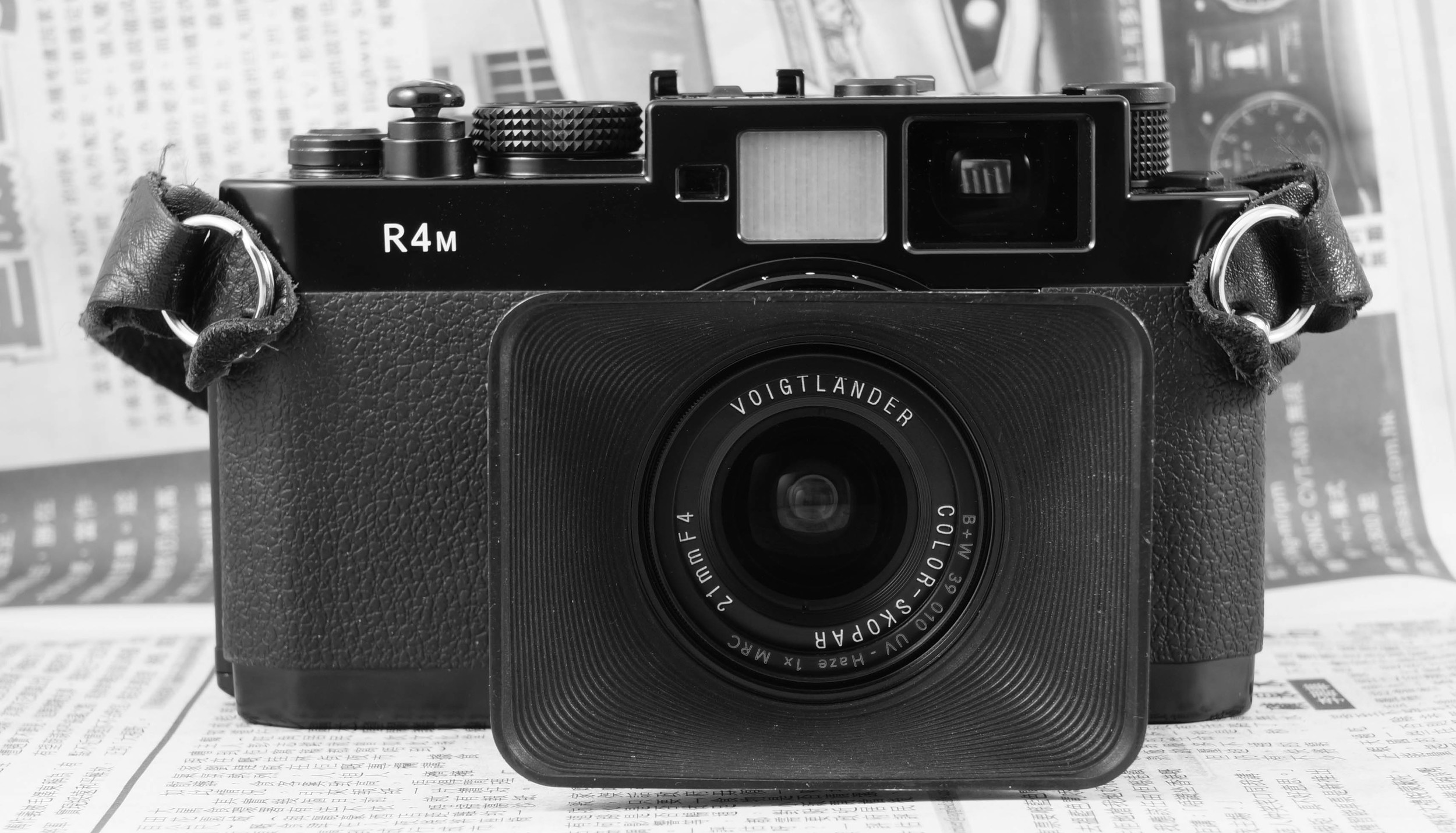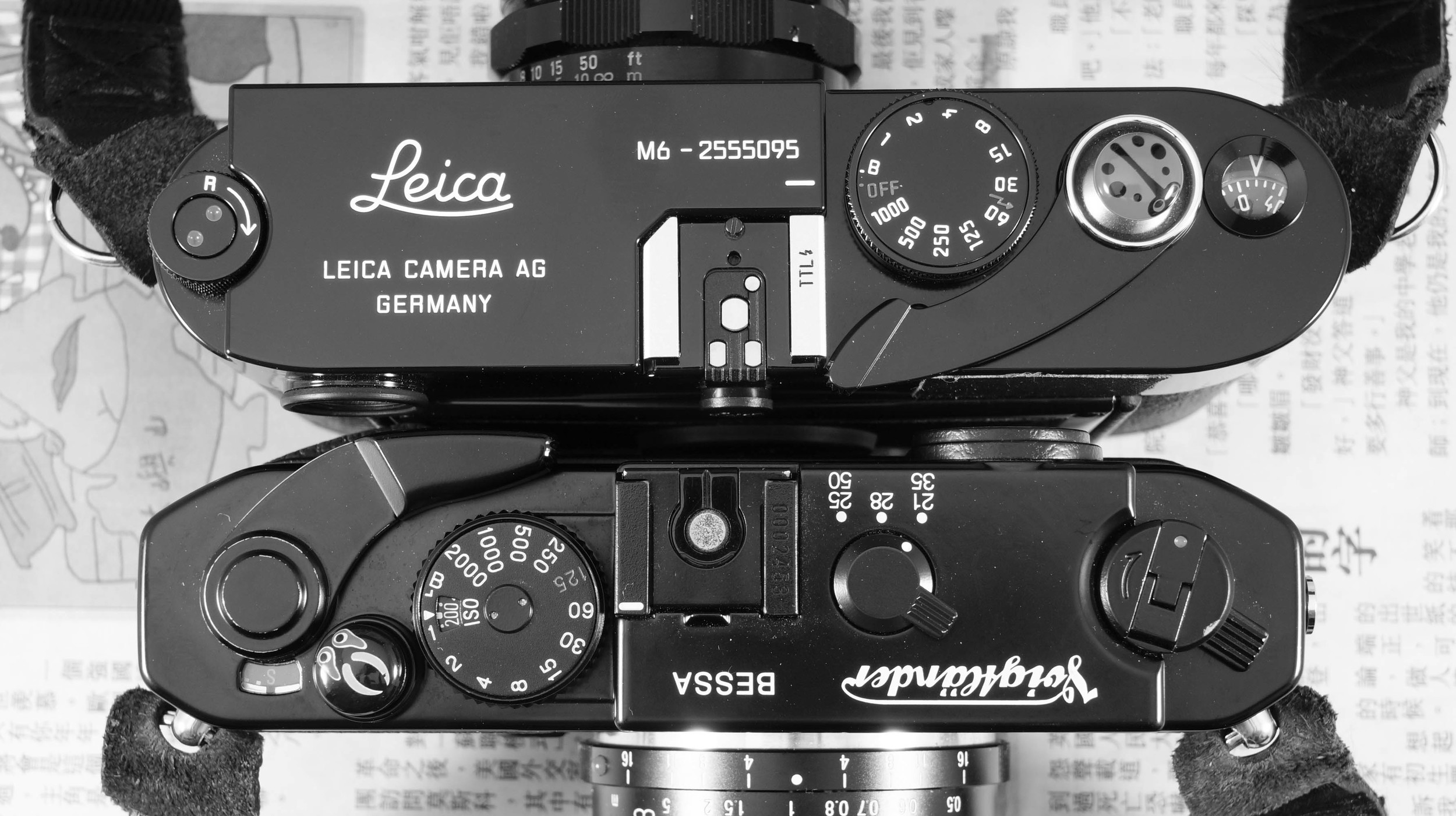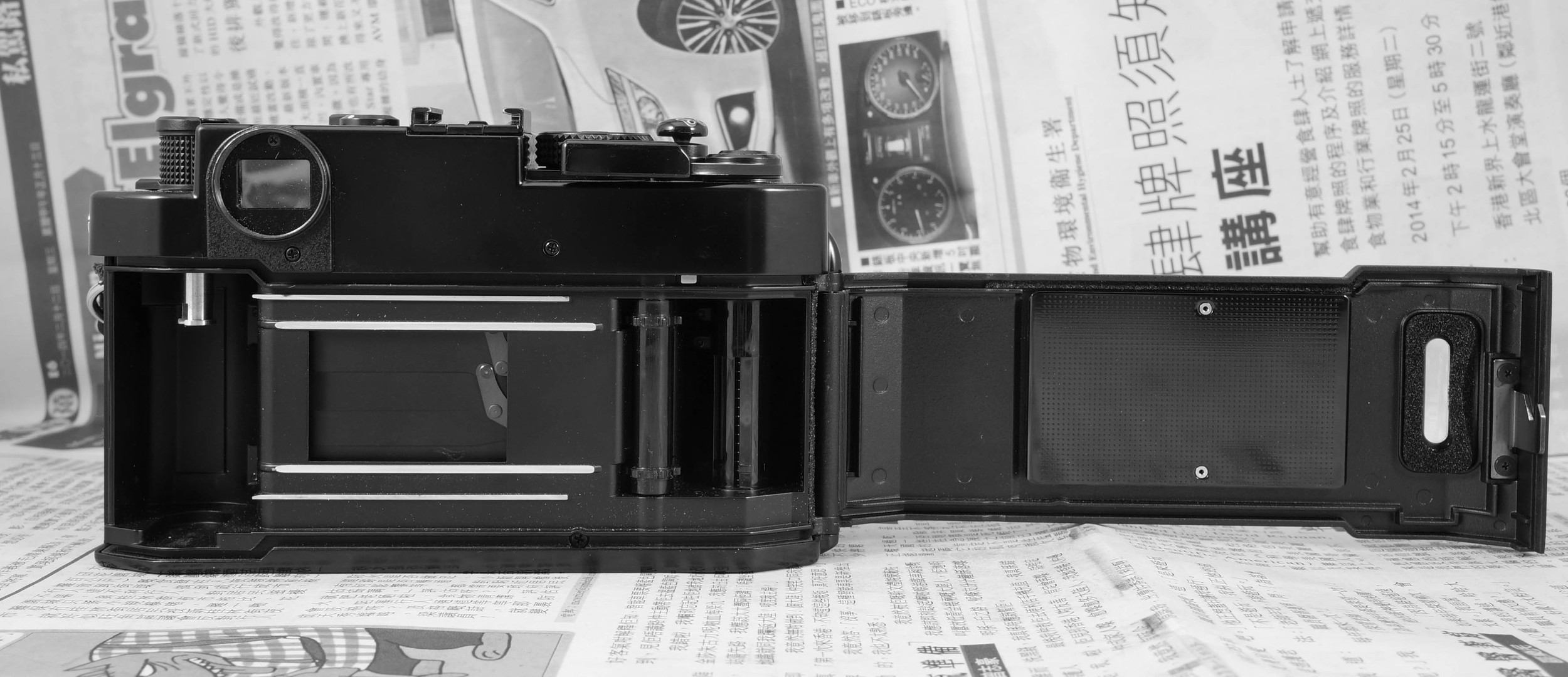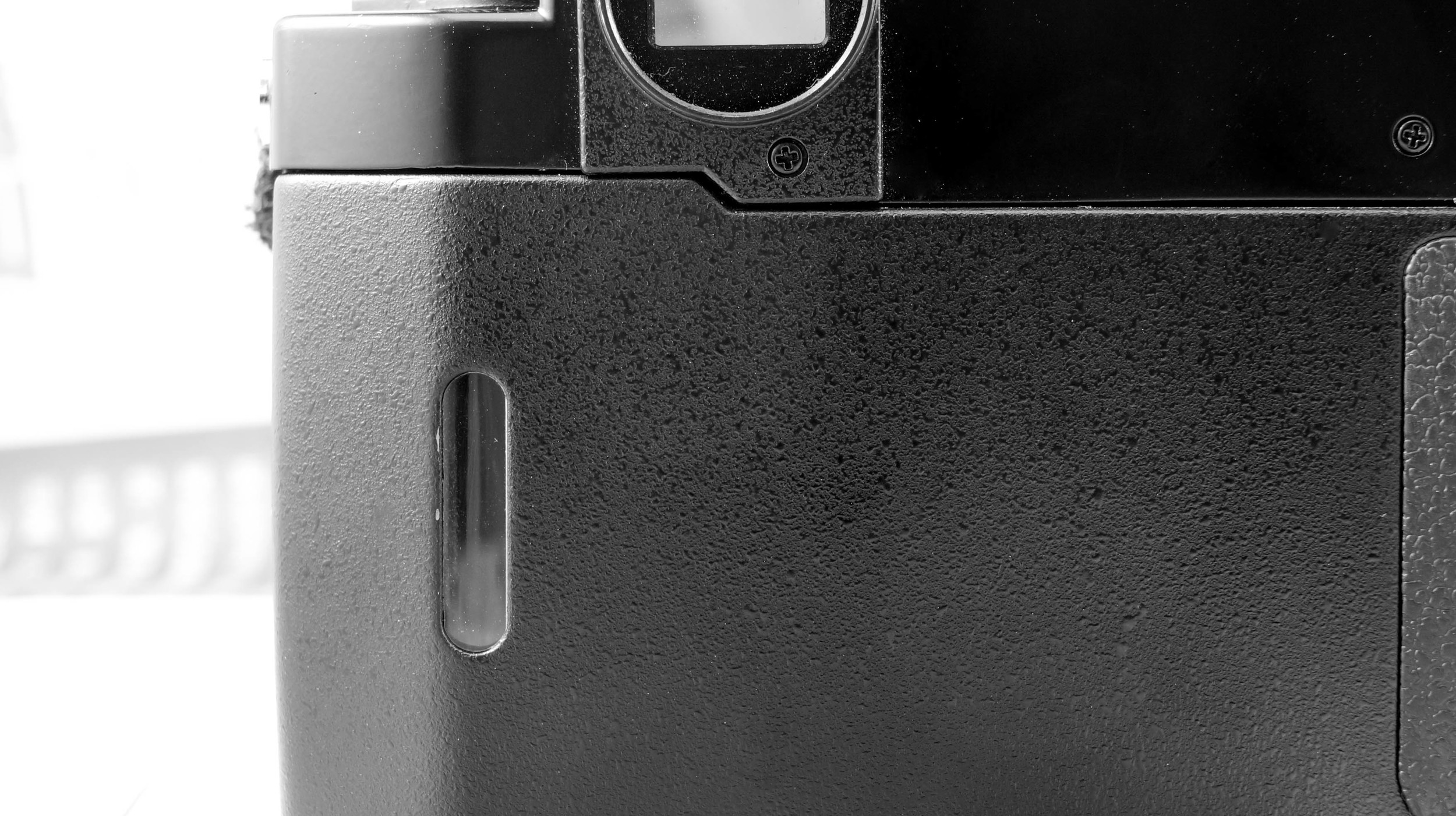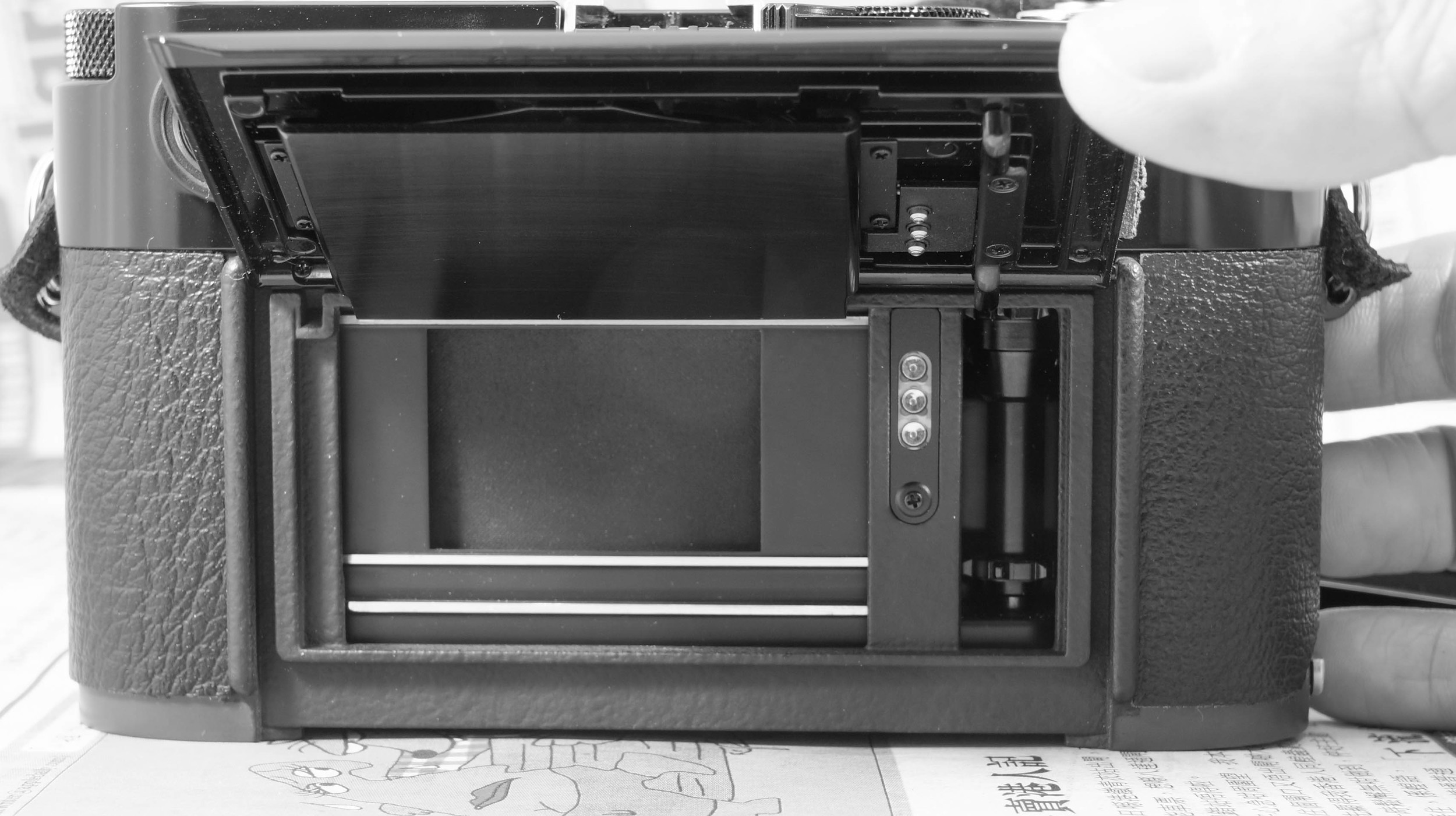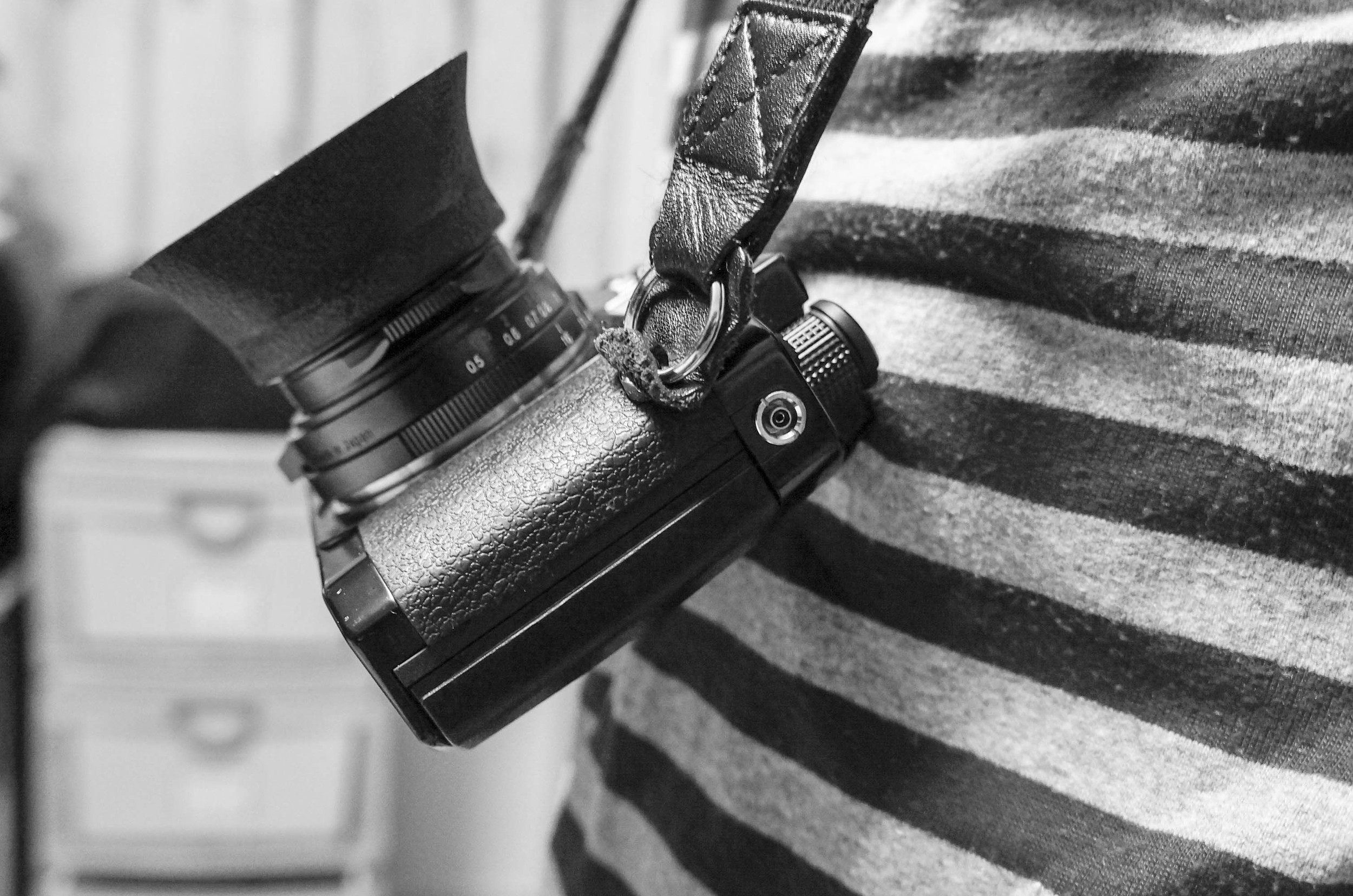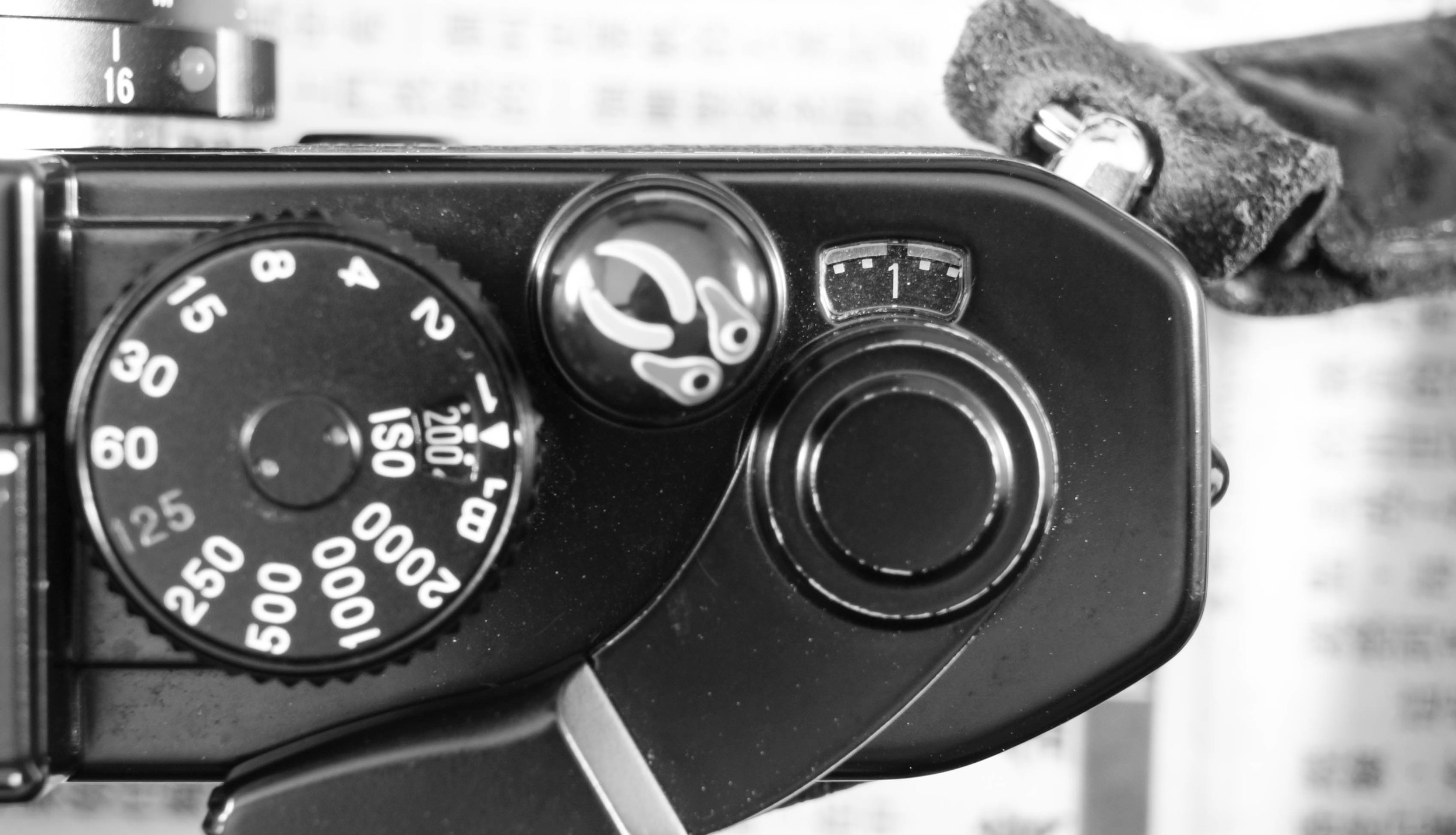When I first started on my rangefinder experience, I was overwhelmed by the choices before me; Voigtlander Bessa, Zeiss Ikon, Canon, Nikon, Contax, Yashica, Leica and many more. After some consideration and many hours of looking through them, I decided I was going for Voigtlander Bessa system as I wanted an interchangeable lens system so that I can switch around to determine my favorite frameline.
With the Voigtlander Bessa, I was presented R2, R3 and R4, all having an A (aperture priority) or M (manual) mode. Again at the cross junction, I decided to go for the R4M with the widest 21mm frameline and the ability to continue shooting without batteries. And so I took the plunge to acquire a used R4M with the Voigtlander Color Skopar 21mm f/4 lens and the rest they said, are history.
Voigtlander Bessa R4M with the Color Skopar 21mm f/4 lens
When you head into the rangefinder realm, it is inevitable you will hear of the comparison with this ultimo brand called Leica. Some said you cannot miss out Leica if you are into rangefinder. And so, my curiosity got the better of me and got myself plenty of information about Leica rangefinder cameras. I won't bother you with the classic advantages of Leica because you can find tons of information about them versus other brands. The ones that I found online that really captivate me include the "buttery smooth operation", "silent shutter" and "minimalist viewfinder".
I went online to search for a review comparing these 2 systems, there was only 1 review comparing the Voigtlander Bessa, Leica and Zeiss Ikon. This review talks a lot about the technical aspects, less of experiences such as handling, carrying it around and comfort of use. So I was in a dilemma whether a Leica can truly be so much different to a Bessa.
As much as I try to get myself involved with my local rangefinder community (RFSG), it is a shame I couldn't find the time and convenience to meet them up. I really would love to handle a Leica and see for myself the "myths" I heard. I told myself (and also my wife) that I will sell some of my cameras to fund for a Leica body. So after 6 months of gears-selling and savings, I managed to score myself a mint black paint Leica M6 TTL ICS body from Hong Kong.
Leica M6 TTL ICS 0.85x Black Paint with Canon LTM 35mm f/2
With the Leica M6 and a Voigtlander R4M, I finally understand the difference between these 2 cameras after extensive usage. Can't say I am a total guru now, but with these 2 cameras side by side, I can see their pros and cons. And so, here I am to do up a personal review of how these 2 cameras stack up against each other so that potential buyers can make a call for themselves to see which one suits them most. Hope this helps people avoid the dilemma I had in the past. Film photography is all about community sharing right? Do help share this article around.
*** This is a personal review, not a professional review with technical specification comparisons and jargons. I am just a camera hobbyist who loves cameras. In no way is this review a defamation to Leica or Voigtlander system. This is simply to help people on the border of these 2 systems to make a judgement for themselves which is the camera for them.
In terms of appearance, both cameras have about the same dimension; length, width and height. From what I can see, the differences are probably a few millimeters, so nothing too drastic. Height is also similar. However, in terms of weight, the M6 is a tack heavier than the R4M. I don't see a need to measure their weight, but from a user point-of-view, I'd prefer the R4M for prolong usage, either on my neck or around my wrist.
With regards to handling, one thing I like about the R4M is the film loading mechanism. The R4M deploys a film loading with hinge back, so you can just put the film leader into the spool, wind it and it goes the film. No hassle. However, for the M6, it is a little different. You have to put your film leader in-between a 3-prong spindle and make sure when you wind the film, it is taken in properly. I have a couple of incidents when I put in my film as indicated on the diagram, finished shooting a roll, rewind the film and found that the film was wind into the spool at all! Not sure if it happens to anyone of you, but I have my fair share of such horrors. So now, I will put in the film leader, wind the advance lever a few times to make sure the film is properly advanced into the spool.
R4M with hinge back film loading mechanism. Simply insert the film leader into the spool on the right and wind to get the film in. No hassle.
M6 loading mechanism. The film leader has to go into the middle of the 3-prong spindle.
A clearer view of the 3-prong spindle of the M6.
With prolonged usage of these 2 cameras, another feature that I really liked is the film window. The R4M has a film window which you can clearly see what film you have in your camera. No need to stick the film details on your camera to remind you. The Leica doesn't have a film window, so I usually have to guess whether it is color or black and white film in my camera. Some people have also the habit to paste a piece of the film box on the back of their camera. Do whatever works for you.
R4M film window, easy for you to see what film you have in the camera.
After handling both cameras, I also welcome the thumb grip of the R4M. The thumb grip does give me a sense of security during shooting. It is also more comfortable holding the R4M with the thumb grip. However, the thumb grip is missing from the M6. To aide me in having a firmer grip, I have used a piece of gaffer tape to tape near the thumb area. Some may say that I can buy a half case with a built-in thumb grip. As mentioned earlier, I prefer to use my cameras naked so that I don't have another piece of half case to deal with during film changing.
Back of the R4M, showing the rubberized thumb grip.
Back of the M6. No film window and thumb grip.
Next comes the operation of the camera. The M6 has a cloth shutter curtain, compared to the metal shutter of the R4M. As such, the M6 has a lower pitch of shutter sound compared to the metal shutter of the R4M. In terms of pitch, the M6 sounds like a 'do' while the R4M sounds like a 'mi' on a 'do-re-mi' scale. However, if we put both cameras on the street, no one will be able to hear them in the midst of the environmental noise. Both are very silent cameras which will not make much differences out in the streets. I have done an impromptu testing of the shutter decibels on an Android app and found that the M6 is 67 decibels while the R4M is 68 decibels. So there you have it. Just a decibel difference. As for the film advance lever, the R4M has a thicker lever compared to the single metal piece of the M6. Traditional M6 has a film advance lever similar to the R4M, but because mine is the ICS version, it is a solid metal piece similar to the MP. I personally prefer a thicker lever, but the one on this M6 does its job well enough. The one "myth" that I have seen online is the "buttery smooth" operation of a Leica. I can honestly say that this "myth" is PLAUSIBLE. Somehow, I can feel the difference. But when I did a decibel test, the decibels of the film advance of both cameras are similar. I discovered that the R4M upon completion of the film advance, has this "tak" jerk before the lever returns back to the original position. For the M6, this jerk is not so obvious. So this may explain why the M6 has a smoother operation.
R4M metal shutter
M6 cloth shutter
For those who use a neck strap, this section is for you. Sorry I don't have a habit of using a wrist strap, so I am not reviewing on that. With the same Voigtlander wide neck strap on both cameras, I found that the R4M slants at a weird angle. One edge of the top plate is always resting against my tummy and when I walk, the edge is bouncing off my tummy. This is very comfortable, so I always end up holding the camera with one hand and pressing it close to my body when I walk. I have tried running to catch a bus with it once unassisted and I must say it was not a good experience. On the other hand, the M6 rests nicely and flatly on my tummy, which makes it comfortable to walk around with. I don't have to hold it in one hand to press against my body, so I can hold another point-and-shoot camera with this free hand. All these are due to the strap lug. The R4M strap lug is positioned slightly to the front of the camera, so it causes an imbalance when hung around the neck. You can see that the strap lug of the M6 is positioned by the side, so the camera becomes more balanced when hung.
R4M slants at a weird angle when hung from the neck
M6 rests flat on my body when hung from the neck
After finishing a roll of film, the next thing to do is to rewind your film. For the R4M, there is a little piece of plastic that you can hook out with your fingernail on the left of the top plate. For my M6 ICS, it does not have the rewind crank of the traditional M6. Instead, it is replaced by a rewind knob which you pull upwards and turn to rewind. I would have preferred the rewind crank for faster rewind. With the rewind knob, it can get pretty painful to rewind in dry weather, which I have done so in Hong Kong. Maybe it need more rewinding to "season" it. Personally, I prefer the rewind crank to the knob.
As for the viewfinder, both appeared to be equally bright for me. The R4M has a more informative viewfinder than the M6, displaying the EV from -2.0 through to +2.0 in 0.5 graduation. This means that the viewfinder is a little more crowded compared to the M6. However, it doesn't mean that it is not good. You can shoo according to which EV you want to just based on the viewfinder information. On the other hand, the M6 viewfinder is very simple. with just a left arrow, a red dot and a right arrow. To get the correct exposure, just turn the shutter dial in the same direction as indicated by the arrows to get to the red dot. Simple.
The frame dial of the R4M has a slanted rectangular window just positioned above the film advance lever, which can make it a little difficult to view at times. On the M6, the frame dial is a circular window beside the film advance lever and shutter button, making it easier to view. The shutter dial on the R4M is a tack stiffer than the M6. The R4M shutter dial has very spiky protrusions on the dial to give more grip, but I find that it rubs against my finger tip more. For the M6, the dial is pretty smooth with very graduated protrusions that do not cause any discomfort when adjusting the shutter speed.
R4M frame dial
M6 frame dial
The last part I want to touch on is the battery. Both cameras run on batteries for the metering. In the event the batteries run dry, both cameras are still able to function without the meter. Just have to rely on your sunny 16 experience. The batteries in the R4M are much longer lasting than my M6. I have only changed once in my 4 years of having the R4M, but I have to change once for the M6 after 2 months. I found information online indicating that if you advance the frame for the next shot in the M6, the meter will constantly draw power from the batteries. This is not confirmed as yet but me, but I just want to share this for future discussion. So if you are not using the M6, it is advisable to put the dial to OFF. For the R4M, there is no such issue as there is no OFF dial to switch to.
And so you have it. my personal review of the 2 systems. For me, other than the awkward hanging position, slightly "less than smooth" film advance and the stiffer shutter dial, the Voigtlander Bessa R4M wins the rest of the handling and operation aspects between the 2 systems. The Leica M6 wins in its simplistic viewfinder, balanced hanging position, smoother film advance and shutter dial. So there is no perfect system in this world. It is just a matter of how comfortable you are with each so-called "disadvantages". It is not always a case of "the most expensive is the best". To reiterate, this review is not to put down any brands/systems. I am merely listing out what I find between these 2 excellent cameras so that people can make an informed choice of their own. Nonetheless, as long as a camera can continue to take images, they are worthy of their function. Like what many people said, "the best camera is the one that is always with you". So keep on shooting and enjoying the process!
--------------------------------------------------------------------------------------------------------------------------
*All images taken by Kevin Lim. If you want to use any images in this article, please kindly contact Kevin and give the appropriate credits.

